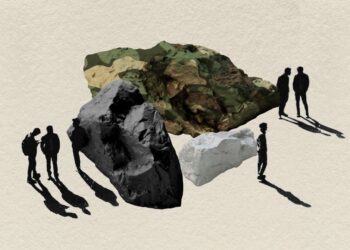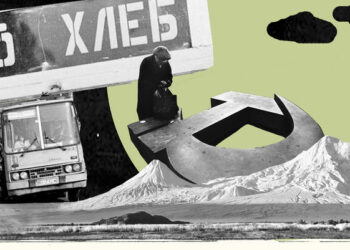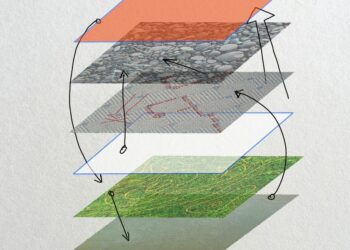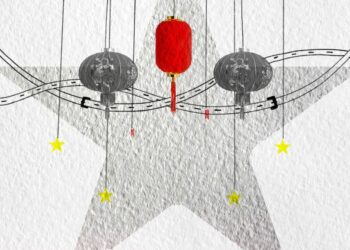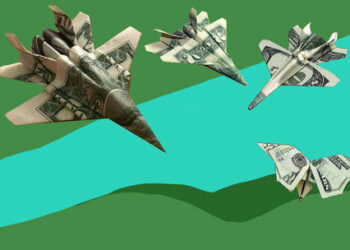Reporting for the International Press While Armenian, Part I
Armenian journalists reporting on breaking news in Armenia and Artsakh for global media outlets frequently face scrutiny regarding their objectivity because of their ethnicity, suggesting an underlying bias that undermines their professionalism and reflects a covertly racist perspective.











